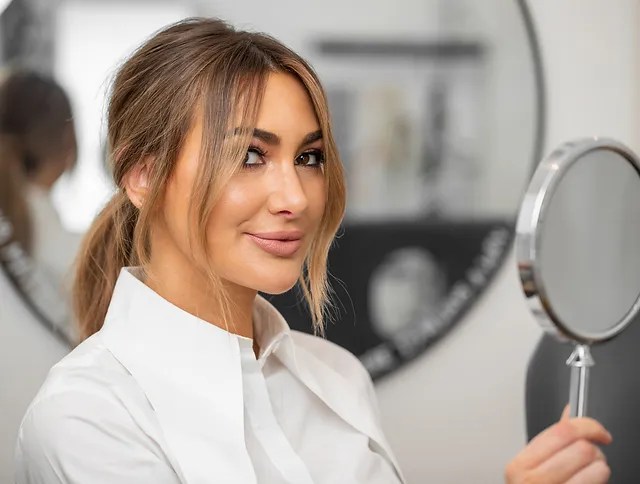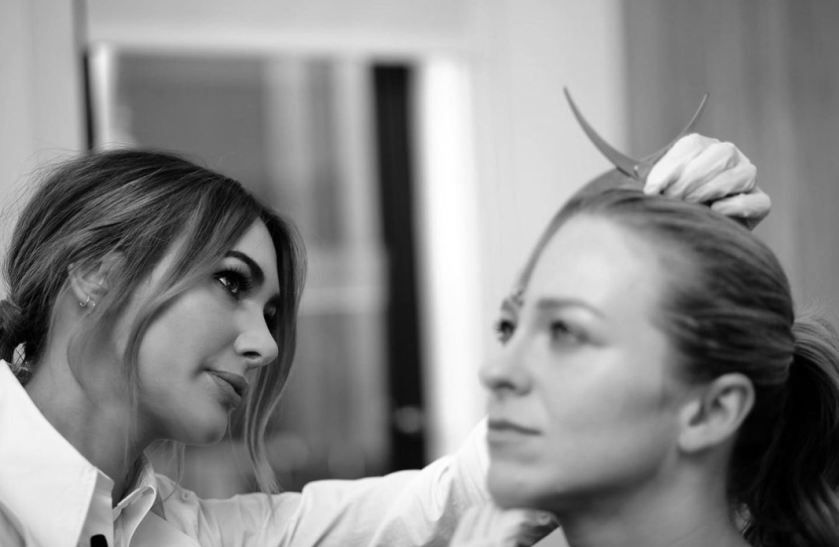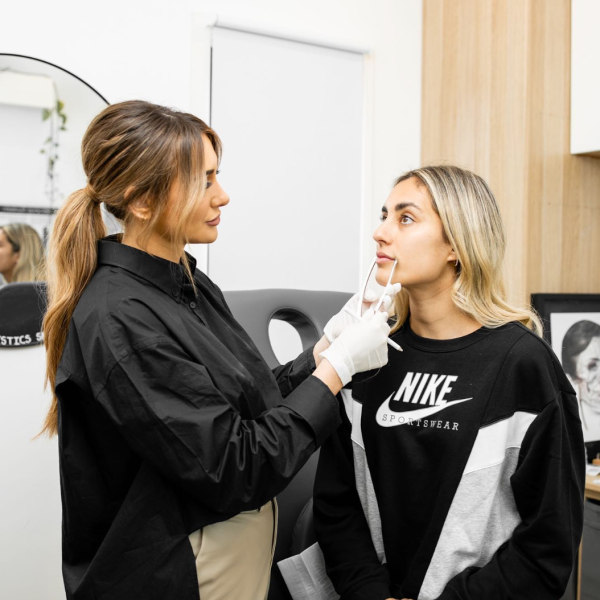Defining the line between beauty and medical in cosmetic injectable services

A delicate balance exists between meeting the aesthetic desires of patients and ensuring their overall well-being. As the demand for these treatments continues to surge, and regulations improve over time, questions arise about the ethical considerations surrounding injectors who prioritise trends over the genuine needs of their patients.
The overarching theme is clear: patient safety should be the paramount concern. This, however, extends beyond the physical aspects of health to encompass mental and psychological well-being.
Bridging this gap effectively involves not only adherence to medical guidelines set by regulatory bodies but also a commitment to informed consent and patient education. The ethical responsibility, it seems, is to not merely acquiesce to a patient’s desires, but to meticulously assess their eligibility and indications for the requested treatment.
We caught up with Ciara Henderson, an Australia-based Registered Nurse and Cosmetic Injector, for her insight and emphasis on the dual nature of an injector’s role, whilst straddling the realms of medicine and aesthetics.
What should be the top ethical considerations for an injector?
Patient safety is the number one priority, this should be assessed by determining all areas of the patient’s health, including but not limited to their mental, psychological and physical factors. To break it down in to a simple explanation, there are two main elements within a career in injectables, one is medical, and one is aesthetic; and we bridge the gap and bring the two together.
Patient safety is priority but so is ensuring elevated visual results, but they fall on two differing spectrums and weighing up the importance of both is paramount. Obviously ensuring we are practicing within our guidelines set by our governing body, ensuring we stay within our scope and ensuring our patients are educated on all possible risk factors which goes in-hand with informed consent.
There are so many factors and variables to consider, we need to be able to accurately assess patients on a holistic level, whether the treatment they have asked for is in their best interest, or if another treatment would be better suited.

Personally, I am driven by being ethical, honest and genuine and I try my best to mitigate room for error, for example, allowing adequate time is one way of ensuring patient safety, but there are many other ways to do so.
You cannot rush any medical treatments and there are so many available treatments and modalities for patients so having time to discuss and educate are two factors that are priority for me, and it goes without saying not treating anyone with any contraindications like pregnancy or breastfeeding or BDD.
In your opinion, what makes a skilled injector?
Assessing holistically makes a skilled injector, having an innate aesthetic eye, intrinsic passion and ensuring you are a good listener and communicator so you really hear what your patient is concerned with.
Technical skill is obviously important but also artistic skill and being able to break down the steps to get to what the patients desired look our outcome is. Being able to deliver while maintaining patient safety and ensuring you meet their concerns or re-education on why their desired treatment may not be the best option for them.
Personally, I have a lot of patients who come in concerned with one area but they don’t know why they are bothered by the area, so ensuring I educate them on what it is that is visually drawing their eye to this area, which is often actually because of another area needing support etc. ie: a patient may present nose dominant and think the nose is the problem, whereby in reality its that the nose doesn’t visually look in proportion to their other features and is therefore a distraction.
Explaining the options and how we can manipulate other areas to realign visually how this may appear and therefore reduce the issue they were worried about. It is also difficult and therefore requires a skilled injector to have the ability to say no even though there may be emotional triggers and other factors.

We can’t be scared by our patients telling us exactly what they want. We are the professional, and our job ethically and practically is to support, listen and guide them with our education and knowledge, and being honest is difficult and may not be the answer out patients always want but.
Being able to refer on to a better suited or skilled practitioner for areas you are not as confident with, and being transparent with them is the sign, to me, of a skilled practitioner. Recognising what your capabilities are and not overselling your ability and the results.
The post Defining The Line Between Beauty And Medical In Cosmetic Injectable Services appeared first on SPA+CLINIC.
